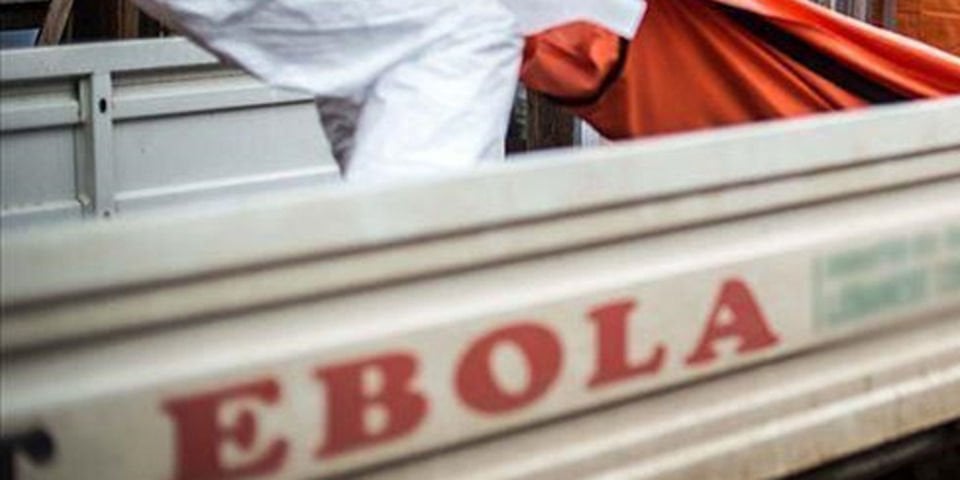Prime
Ebola deaths shoot up to 21

Health workers disinfect an ambulance at Mubende Hospital last week. Photo/ Barbara Nalweyiso
Statistics from the Health Ministry indicate that the number of confirmed and suspected Ebola infections has increased to 34 while deaths attributable to the outbreak stand at 21.
This is an increase from 31 suspected and confirmed cases of infections as of Saturday. The number of deaths was at 19 on Saturday.
This information is contained in the update given last evening by Mr Emmanuel Ainebyoona, the spokesperson of the Health ministry.
He said of the cumulative cases which stand at 34, the 16 are laboratory confirmed while 18 are probable. Similarly, of the 21 deaths, four are confirmed while 17 are probable.
“Cases reported outside Mubende include three in Kyegegwa and one in Kassanda but all linked to the index case in Mubende,” he said, adding that there are “no confirmed cases in Kampala as yet”.
The Kampala Capital City Authority told this publication that the results for the suspected Ebola death in the city will be out by today.
Districts where confirmed and suspected cases have been reported include Kassanda, Kampala, Kisoro, Kakumiro, Mubende, Kyegegwa, and Lyantonde.
Health authorities said samples from suspected cases are being analysed at the Uganda Virus Research Institute.
The ministry appealed to the population to adhere to preventive measures and report any suspected cases to nearby health facilities or authorities.
According to the Health ministry, Ebola is transmitted through contact with the blood, stool or fluids of an infected person and objects that have been contaminated with body fluids from an infected person.
One can also contract the disease through contact with blood, secretions, organs or other bodily fluids of infected animals such as fruit bats and other wild animals.
The known symptoms of Ebola include high body temperatures, fatigue, chest pain, diarrhoea, vomiting, unexplained bleeding, yellowing of the eyes. Bleeding is usually a late presentation after the above symptoms, according to the Health ministry.
Gaps emerge in Ebola contact tracing
The Ministry of Health at the weekend expressed concern over the gaps in contact tracing.
While delivering his message at the national taskforce meeting at Mubende District headquarters on Saturday, Lt Col Henry Kyobe, the incident commander, said they are tracing 213 contacts.
“As we speak today (Saturday) we have 213 cumulative contacts. Contact tracing is still a challenge madam chair (Minister). The biggest proportion numbering 118 (55 percent) are health workers, meaning that community contacts have not all been listed which creates a challenge. We may actually have cases that emerge outside our conference,” he said.
Health minister Jane Ruth Aceng demanded a robust contact tracing.
“Do you understand that the most important surveillance is contact tracing? You are failing in this area. All these partners are here for contact tracing but the message we get now is about people waiting for money. By the time money arrives, many people would have died,’’ Dr Aceng said.
“We have many partners on ground yet the number of contact persons is still low. Today (Septempter 24), you have reported 15 confirmed cases; it means cases are beginning to move faster than us, so if we don’t move faster we are in trouble. We have many Partners on surveillance in Mubende but we want all activities harmonised for better coordination.





